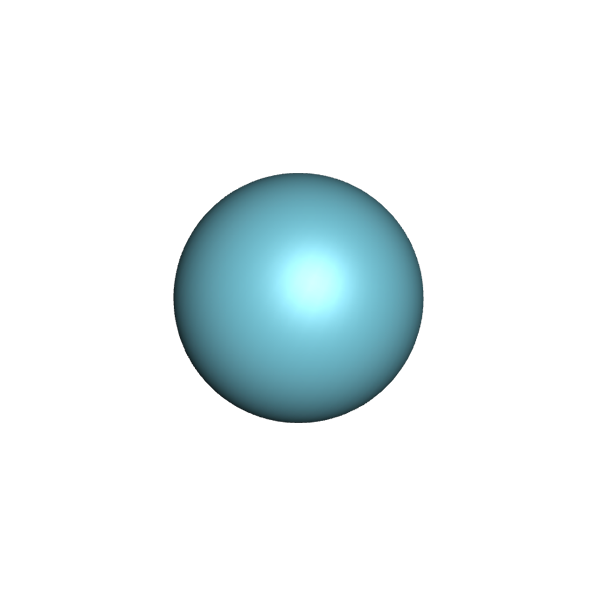
Argon
- Ar
- CAS Number 7440-37-1
- UN1006 (gas)
- UN1951 (refrigerated liquid)
Click & drag to move the 3D molecule
Liquid / Gas Volumes
Calculate the volume or mass of a quantity of gas or liquid
Liquid Phase
At boiling point at 1.013 bar
Gas Phase
In standard conditions (1.013 bar, 15°C)
Physical Properties
Molecule phase diagram showing the transition phases between solid, liquid and gas as a function of temperature and pressure
-
- Molar mass 39.948 g/mol
- Content in dry air 9340.00 ppm
-
Critical Point
- Temperature -122.29 °C
- Pressure 48.98 bar
- Density 535.57 kg/m³
-
Triple Point
- Temperature -189.34 °C
- Pressure 6.87E-1 bar
Pressure 1.013 bar
| Latent heat of fusion (at melting point) | 29.588 kJ/kg |
| Melting point | - 189.37 °C |
Pressure 1.013 bar
| Boiling point | - 185.85 °C |
| Latent heat of vaporization (at boiling point) | 161.14 kJ/kg |
| Liquid density (at boiling point) | 1395.4 kg/m3 |
| Compressibility factor Z | 9.9906E-1 |
| Cp/Cv ratio γ | 1.6702 |
| Gas density (at boiling point) | 5.772 kg/m3 |
| Gas density | 1.7835 kg/m3 |
| Gas/(liquid at boiling point) equivalent | 782 vol/vol |
| Heat capacity Cp | 5.2185E-1 kJ/(kg.K) |
| Heat capacity Cv | 3.1243E-1 kJ/(kg.K) |
| Specific gravity | 1.38 |
| Specific volume | 5.607E-1 m3/kg |
| Thermal conductivity | 16.483 mW/(m.K) |
| Viscosity | 2.1017E-4 Po |
| Compressibility factor Z | 9.9925E-1 |
| Cp/Cv ratio γ | 1.6698 |
| Gas density | 1.6903 kg/m3 |
| Gas/(liquid at boiling point) equivalent | 825.53 vol/vol |
| Heat capacity Cp | 5.2165E-1 kJ/(kg.K) |
| Heat capacity Cv | 3.1241E-1 kJ/(kg.K) |
| Solubility in water | 3.025E-5 mol/mol |
| Specific gravity | 1.38 |
| Specific volume | 5.916E-1 m3/kg |
| Thermal conductivity | 17.245 mW/(m.K) |
| Viscosity | 2.1987E-4 Po |
| Compressibility factor Z | 9.9937E-1 |
| Cp/Cv ratio γ | 1.6696 |
| Gas density | 1.6335 kg/m3 |
| Gas/(liquid at boiling point) equivalent | 854.24 vol/vol |
| Heat capacity Cp | 5.2155E-1 kJ/(kg.K) |
| Heat capacity Cv | 3.1238E-1 kJ/(kg.K) |
| Solubility in water | 2.519E-5 mol/mol |
| Specific gravity | 1.38 |
| Specific volume | 6.122E-1 m3/kg |
| Thermal conductivity | 17.746 mW/(m.K) |
| Viscosity | 2.2624E-4 Po |
Applications
Examples of uses of this molecule in Industry and Healthcare

Aeronautics
Argon is used during welding and heat treatment operations as well as a protective atmosphere.
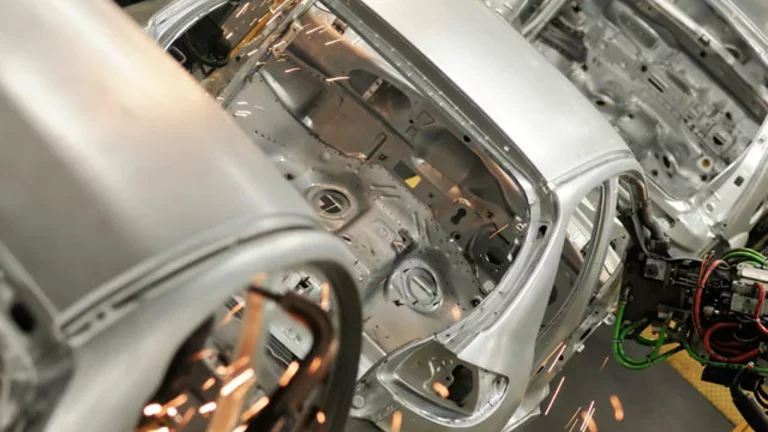
Automotive
Argon is used pure or in mixtures for arc, plasma and laser welding. Argon protects welds against air as well as reduces fume emissions for most arc welding processes. Argon is used to inflate car airbags.
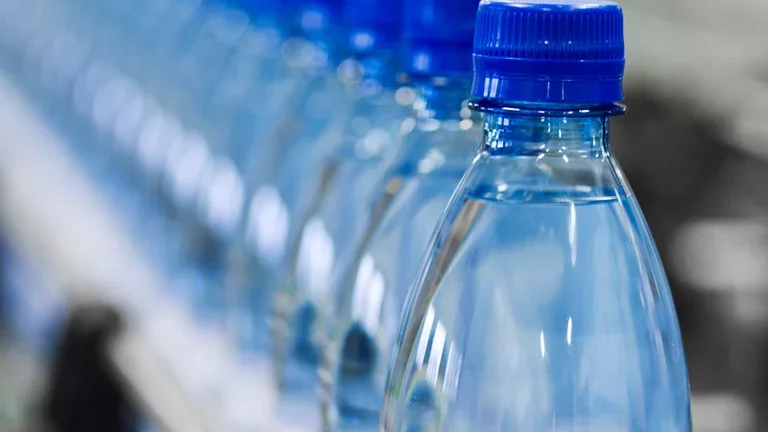
Beverage
Argon is used to inert wine to prevent oxidation during winemaking.

Electronic components
Argon is used in plasma etching processes. Argon is used in PVD processes (Physical Vapor Deposition). It is also used for Silicon ingot crystal pulling.
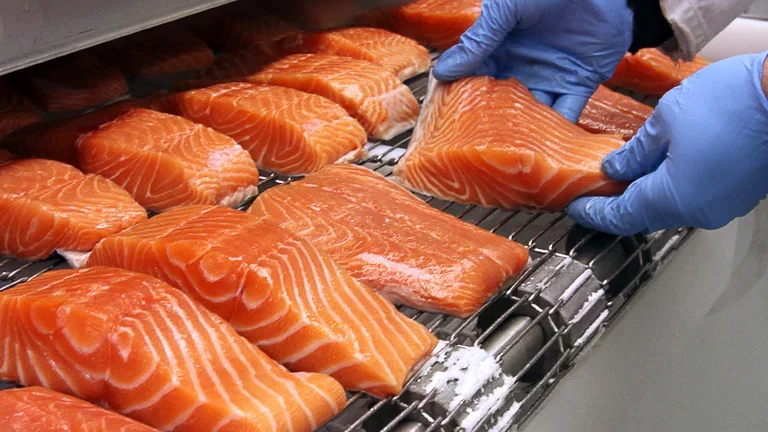
Food
Argon allows to extend food shelf life with modified atmosphere.
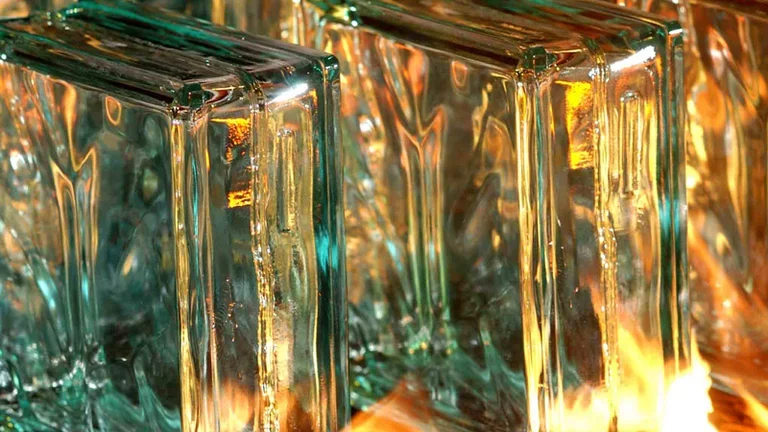
Glass
Argon avoids corrosion of the tungsten filament in light bulb and consequently blackening of the bulb by atmosphere inerting. Argon is used to increase thermal isolation performance of double glazing windows.

Hospital care
Liquid argon is used in surgery

Laboratories & Research Centers
Argon is used for analysis in research laboratories and quality control for industry and healthcare: plasma gas for plasma emission spectrometry, blanket gas in graphite furnace atomic absorption spectrometry, carrier gas in gas chromatography for various detectors. In mixture with methane, argon is used in Geiger counter and in X-ray fluorescence detector as quenching gas.
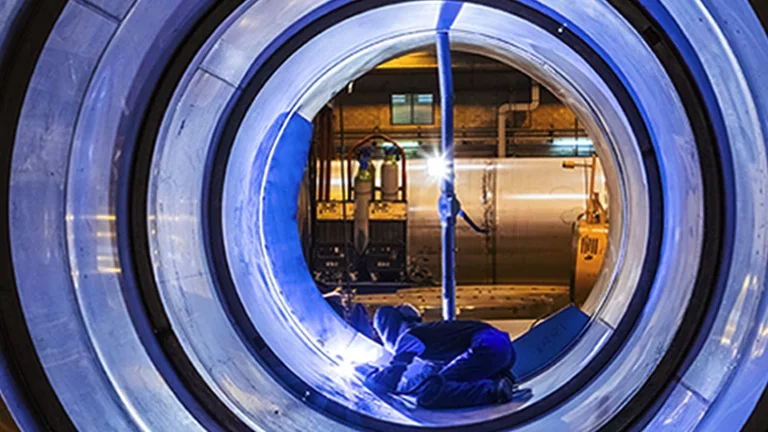
Metal fabrication
Argon is used to protect liquid metal from reactions with compounds present in ambient air, such as oxygen. It is also used for the same reasons in many welding processes.

Metal
Argon is used for stirring and inerting purposes in steelmaking and during the Argon Oxygen Decarburisation (AOD) operation for stainless steel.
Safety & Compatibility
GHS04
Gas under pressure
Odor
none
Metals
| Aluminium | Satisfactory |
| Brass | Satisfactory |
| Monel | No data |
| Copper | No data |
| Ferritic Steel | Satisfactory |
| Stainless steel | Satisfactory |
| Zinc | No data |
| Titanium | No data |
Plastics
| Polytetrafluoroethylene | Satisfactory |
| Polychlorotrifluoroethylene | Satisfactory |
| Polyvinylidene fluoride | Satisfactory |
| Polyvinyl chloride | Satisfactory |
| Ethylene tetrafluoroethylene | No data |
| Polycarbonate | No data |
| Polyamide | Satisfactory |
| Polypropylene | Satisfactory |
Elastomers
| Butyl (isobutene- isoprene) rubber | Satisfactory |
| Nitrile rubber | Satisfactory |
| Chloroprene | Satisfactory |
| Chlorofluorocarbons | No data |
| Silicone | Satisfactory |
| Perfluoroelastomers | Satisfactory |
| Fluoroelastomers | Satisfactory |
| Neoprene | No data |
| Polyurethane | Satisfactory |
| Ethylene-Propylene | Satisfactory |
Lubricants
| Hydrocarbon based lubricant | Satisfactory |
| Fluorocarbon based lubricant | Satisfactory |
Materials compatibility
Learn More
More information
Argon was discovered in 1894 by Sir William Ramsay and Lord John Rayleigh. The name argon comes from the Greek "αργόν" (argos) meaning "the lazy one" in reference to its chemical inactivity. Argon exists only in the atmosphere. Air contains about 0.9 % of argon, a neutral and colorless gas. Argon is highly used in industrial applications due to its high level of chemical inertness. Argon is produced through air cryogenic distillation.